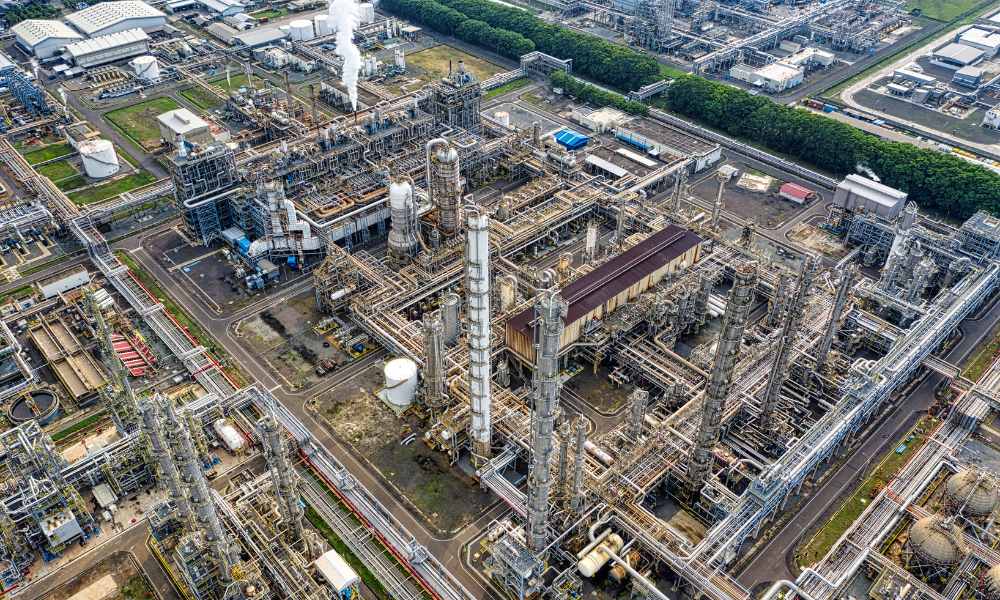Table of Contents
In the ever-evolving landscape of technology, the foundation of any robust IT system lies in its infrastructure. From small businesses to multinational corporations, understanding the primary building components of IT infrastructure is essential for ensuring efficiency, security, and scalability.
Introduction to IT Infrastructure
IT infrastructure encompasses all the hardware, software, networks, and facilities used to develop, test, deliver, monitor, control, or support information technology services. It provides the framework for an organization’s IT operations and is vital for the seamless functioning of business processes.
Hardware Components
Servers
Servers form the backbone of IT infrastructure, handling various tasks such as hosting websites, storing data, running applications, and managing network resources.
Networking Devices
Networking devices like routers, switches, and firewalls facilitate communication between devices and ensure seamless connectivity within the IT environment.
Storage Devices
Storage devices, including hard disk drives (HDDs) and solid-state drives (SSDs), store and retrieve data, providing the necessary capacity for storing vast amounts of information.
Software Components
Operating Systems
Operating systems, such as Windows, Linux, and macOS, manage hardware resources and provide a platform for running applications and executing tasks.
Middleware
Middleware acts as a bridge between different software applications, facilitating communication and data exchange across various platforms and systems.
Applications
Applications, ranging from productivity tools to enterprise software, fulfill specific business requirements and enable users to perform tasks efficiently.
Data Management
Databases
Databases store structured data and enable organizations to manage, manipulate, and retrieve information effectively, supporting critical business functions.
Data Centers
Data centers house the infrastructure necessary for storing, processing, and distributing data, providing a secure and reliable environment for IT operations.
Security Measures
Firewalls
Firewalls protect IT systems from unauthorized access and cyber threats by monitoring and controlling incoming and outgoing network traffic.
Encryption
Encryption converts data into a ciphertext format to prevent unauthorized access, ensuring the confidentiality and integrity of sensitive information.
Access Control
Access control mechanisms restrict user access to resources based on predefined policies, minimizing the risk of unauthorized activities and data breaches.
Cloud Services
Infrastructure as a Service (IaaS)
IaaS providers offer virtualized computing resources over the internet, allowing organizations to scale infrastructure according to demand without the need for physical hardware.
Platform as a Service (PaaS)
PaaS platforms provide developers with tools and frameworks for building, deploying, and managing applications, accelerating the development process.
Software as a Service (SaaS)
SaaS applications are hosted and managed by third-party providers, allowing users to access software applications over the internet on a subscription basis.
Virtualization Technologies
Server Virtualization
Server virtualization enables multiple virtual servers to run on a single physical server, optimizing resource utilization and simplifying IT management.
Network Virtualization
Network virtualization abstracts network resources from underlying hardware, enabling the creation of virtual networks that are independent of physical infrastructure.
Storage Virtualization
Storage virtualization abstracts storage resources from physical storage devices, providing flexibility and scalability for managing storage infrastructure.
Monitoring and Management Tools
Performance Monitoring
Performance monitoring tools track system performance metrics and identify bottlenecks or issues affecting IT operations, enabling proactive management and optimization.
Configuration Management
Configuration management tools automate the deployment and configuration of IT resources, ensuring consistency and compliance across the infrastructure.
Incident Management
Incident management tools facilitate the detection, reporting, and resolution of IT incidents, minimizing downtime and disruptions to business operations.
Scalability and Redundancy
Load Balancing
Load balancing distributes incoming network traffic across multiple servers, ensuring optimal resource utilization and high availability for applications and services.
Disaster Recovery
Disaster recovery strategies and technologies ensure business continuity by enabling the recovery of IT systems and data in the event of unexpected disasters or disruptions.
High Availability
High availability solutions eliminate single points of failure in IT infrastructure, ensuring continuous operation and minimal downtime for critical systems and services.
Emerging Technologies
Internet of Things (IoT)
IoT technologies connect devices and sensors to the internet, enabling data collection, analysis, and automation in various industries and applications.
Artificial Intelligence (AI)
AI technologies leverage machine learning and data analytics to automate tasks, enhance decision-making, and improve efficiency across diverse domains.
Blockchain
Blockchain technology provides a secure and decentralized framework for recording transactions and sharing data, offering transparency, immutability, and trust in digital ecosystems.
Case Studies
Examples of IT infrastructure implementations across different industries showcase how organizations leverage technology to streamline operations, enhance productivity, and drive innovation.
Best Practices
Design principles, maintenance strategies, and industry standards guide the planning, deployment, and management of IT infrastructure to optimize performance, reliability, and security.
Challenges and Solutions
Addressing security risks, compatibility issues, and resource constraints requires proactive measures, collaborative efforts, and continuous adaptation to evolving threats and technologies.
Future Trends
Edge computing, quantum computing, and automation are shaping the future of IT infrastructure, offering new opportunities for efficiency, agility, and innovation in the digital era.
Conclusion
Understanding the primary building components of IT infrastructure is crucial for organizations aiming to leverage technology effectively to achieve their business objectives. By investing in robust hardware and software, implementing robust security measures, embracing cloud services and virtualization technologies, and staying abreast of emerging trends, businesses can create a solid foundation for innovation, growth, and success in today’s dynamic environment.





